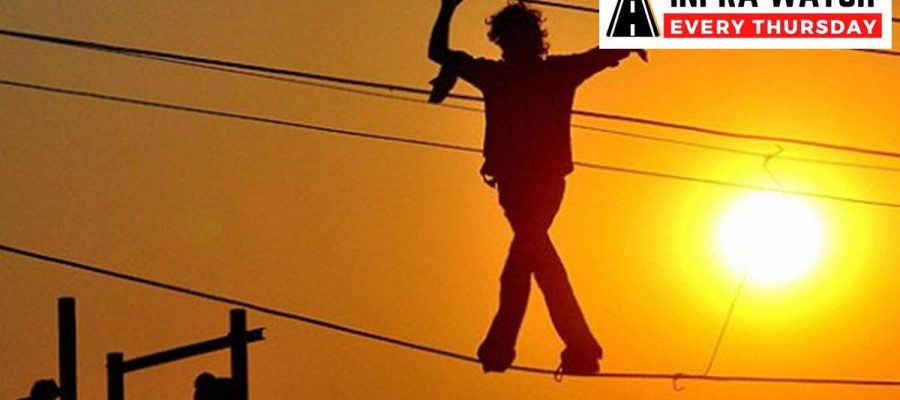The civic body wants to make telecommunication, internet, TV cable network firms companies lay cables through the ducts developed by them or make them underground by paying charges.
As overhead cables put “illegally” by various firms on buildings, trees, poles and other structures across the city are spoiling the city skyline and causing revenue loss to the civic body, the Pune Municipal Corporation (PMC) has decided to undertake a survey of the overhead cables across the city.
The civic body plans to make telecommunication companies, internet and broadband service providers as well as TV cable network companies lay cables through the ducts developed by them or make them underground by paying the necessary charges to the civic body.
“There is no provision in the Maharashtra Municipal Corporation Act 1949 for laying overhead cables of TV, internet, broadband, optical fibre cables. These illegally laid cables are spoiling the skyline and defacing the city so they have to be removed,” said V G Kulkarni, chief engineer of the civic Road department.
He said the PMC will be appointing a private agency to undertake a survey of the “illegal” overhead cables laid across the city so as to initiate legal action against them.
“The PMC will make it compulsory for all the cable owners to remove overhead cables and lay them through the duct developed by the civic body. They can be charged a one-time amount or annual fee per meter of cable. It would help in legalising the cables and also increase revenue for the civic body,” Kulkarni said.
The civic body can appoint one or multiple agencies for the survey across the city. The work has to be completed in three years.
The PMC is also going to launch an amnesty scheme to legalise the cables by recovering charges from the cable companies and asking them to lay them underground, the chief engineer said, adding, “The agency will have to begin with a survey of illegal underground cables laid in the city and then the overhead cables.”
Source: Read Full Article


